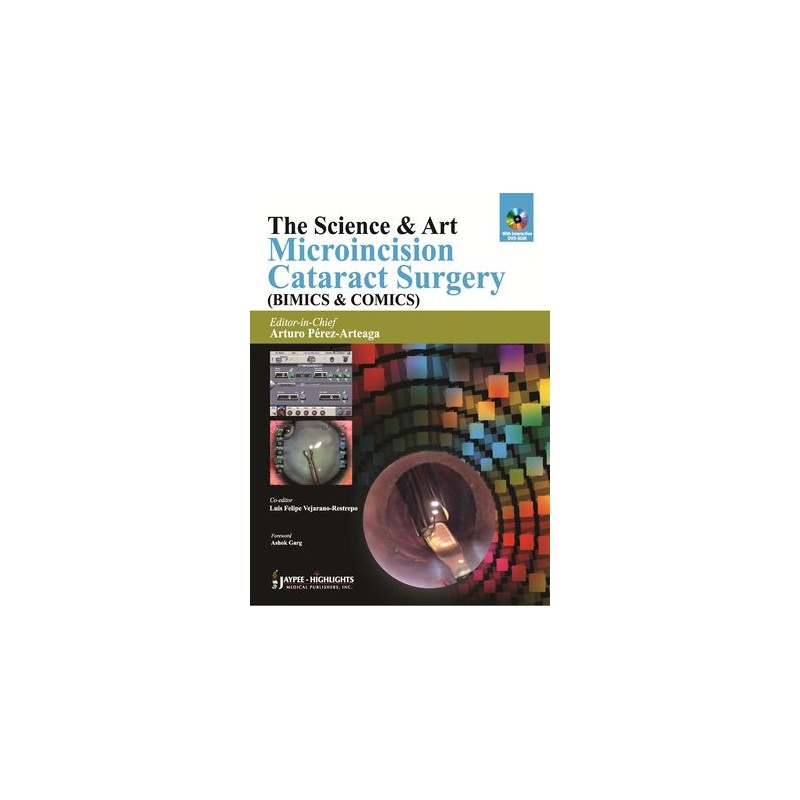- Reduced price

Order to parcel locker

easy pay


 Delivery policy
Delivery policy
Choose Paczkomat Inpost, Orlen Paczka, DHL, DPD or Poczta Polska. Click for more details
 Security policy
Security policy
Pay with a quick bank transfer, payment card or cash on delivery. Click for more details
 Return policy
Return policy
If you are a consumer, you can return the goods within 14 days. Click for more details
This book presents the latest techniques in microincision cataract surgery (MICS). Beginning with the history of MICS, the following sections give a detailed description of both coaxial and biaxial techniques, comparing the advantages and disadvantages of each.
With contributions from recognised specialists in the USA, Canada and Europe, this manual contains nearly 300 colour images and illustrations. A DVD featuring didactic videos is also included.
Key Features
Data sheet
Section 1:: History and Background
Section 2:: Coaxial Microincision Cataract Surgery
Section 3:: Biaxial Microincision Cataract Surgery
Section 4:: Personal Techniques for Particular Situations
Index
DVD Contents
